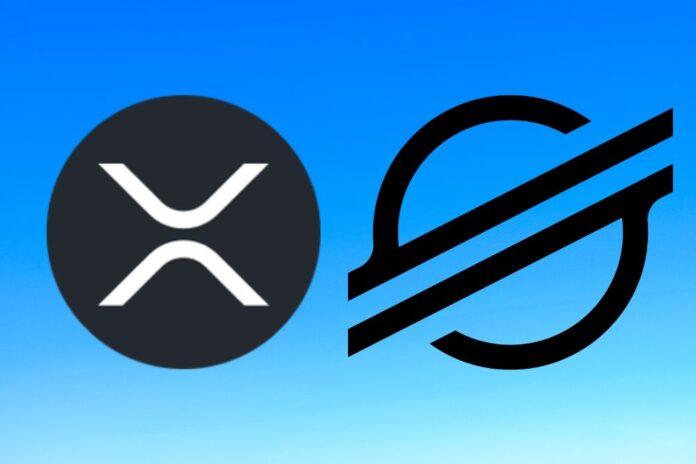The World Bank and other financial authorities increasingly recognize XRP as a transformative tool for global financial ecosystems.
Versan Aljarrah, a founder of Black Swan Capitalist, shared this in a post on X, highlighting the major roles XRP and XLM can play in the new global financial system.
As Aljarrah noted, XRP is uniquely designed to optimize institutional liquidity for cross-border transactions, a capability that positions it as a crucial asset in a rapidly evolving monetary system. On the other hand, XLM has built a suitable infrastructure to power peer-to-peer transactions efficiently.
https://twiiter.com/VersanAljarrah/status/1859428820417188000
Institutional Cross-Border Liquidity
XRP offers a solution to inefficiencies in traditional cross-border payment systems. It eliminates the need for pre-funded accounts, which financial institutions have historically used to facilitate international transactions. Through Ripple’s On-Demand Liquidity (ODL), XRP enables instantaneous currency conversion and settlement, ensuring faster and more cost-effective global transfers.
The World Bank has highlighted XRP’s scalability, speed, and low transaction costs as factors that make it particularly suitable for global payments. XRP can process up to 1,500 transactions per second, significantly outpacing traditional systems like SWIFT. This efficiency is critical in today’s increasingly interconnected global economy, where delays and high costs impede economic progress.
Two-Tier Monetary Framework
A two-tier monetary system as envisioned by financial experts, positions XRP at the forefront of institutional transactions. In this system, digital assets are used at different levels for specific purposes.
XRP is tailored for wholesale-level transactions, focusing on institutional use cases such as liquidity optimization, whereas Stellar (XLM) is geared toward retail-level remittances and peer-to-peer payments.
We are on twitter, follow us to connect with us :- @TimesTabloid1
— TimesTabloid (@TimesTabloid1) July 15, 2023
Aljarrah suggested that XRP could serve as a bridge currency for central banks and financial institutions, ensuring seamless, real-time cross-border payments. XLM’s strength can be seen in its growing adoption in South America, where the asset is becoming increasingly popular among those without access to traditional banks.
The broader adoption of XRP also aligns with the trend of financial tokenization. This process, which converts traditional financial assets into digital tokens, is expected to revolutionize financial systems by increasing transparency and efficiency.
Ripple’s technology is well-suited to support this shift, as its blockchain infrastructure ensures security and compliance with regulatory standards.
Aljarrah and other analysts have interpreted statements from global financial organizations, such as the Bank for International Settlements (BIS), as endorsements of XRP and XLM for their potential in a tokenized economy. XRP’s technical capabilities closely align with the objectives described by these institutions.
Despite the skepticism expressed by some regarding the integration of public cryptocurrencies into central banking systems, the growing adoption of these assets by financial institutions is a testament to their utility.
Disclaimer: This content is meant to inform and should not be considered financial advice. The views expressed in this article may include the author’s personal opinions and do not represent Times Tabloid’s opinion. Readers are urged to do in-depth research before making any investment decisions. Any action taken by the reader is strictly at their own risk. Times Tabloid is not responsible for any financial losses.
Follow us on Twitter, Facebook, Telegram, and Google News


